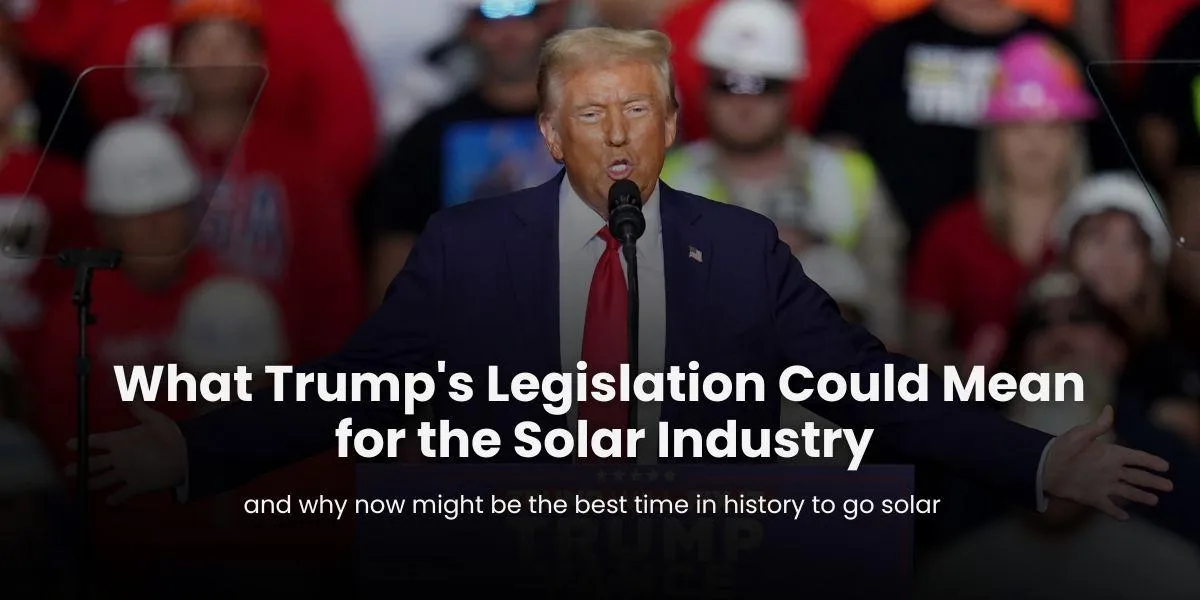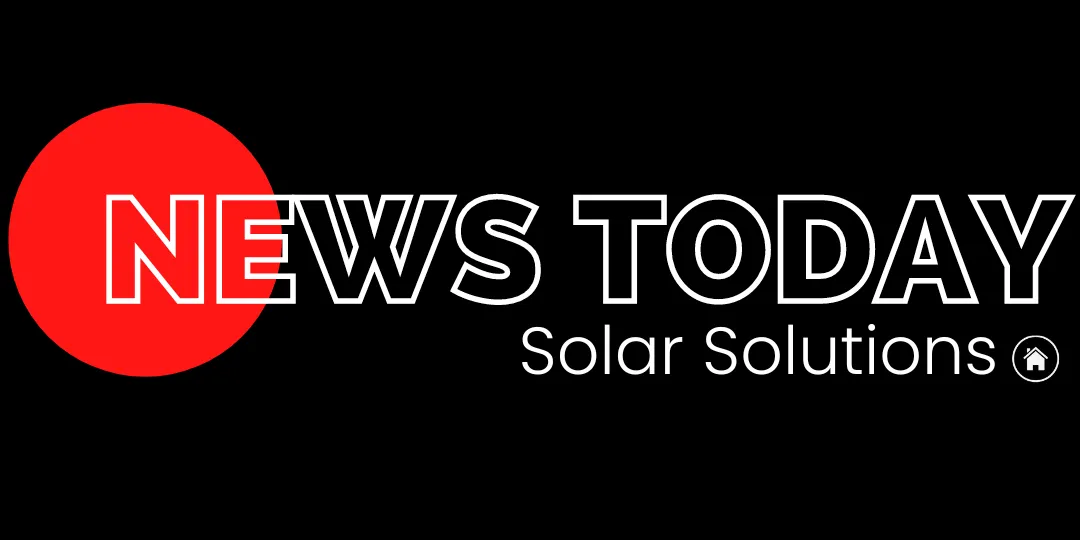BLOG ARTICLES
MY SOLAR SOLUTIONS BLOG

What Trump's Legislation Could Mean for the Solar Industry and why now might be the best time in history to go solar
As the future of our national leadership unfolds, we understand there are questions surrounding what this could mean for solar incentives and the cost of clean energy. At My Solar Solutions, we remain committed to providing affordable, reliable energy solutions that empower you to take control of your energy future.
Current Solar Incentives: Act Now to Maximize Savings
With federal solar incentives still strong under the current administration, this is an ideal time to go solar. The 30% Federal Tax Credit (FTC) and other incentives make it more affordable than ever to invest in clean energy. However, we recognize concerns that with new leadership, there may be policy shifts that impact these benefits. During Donald Trump’s first term, for instance, efforts to reduce the FTC and impose tariffs on solar imports affected costs for consumers and slowed industry growth. If similar policies are reintroduced, current solar incentives could be reduced, resulting in less savings than we currently see today.
Solar Saves Southern California Homeowner 50% off Their $600 SCE Electric Bill Without Having To Pay Cash or Finance Equipment
FAQ: Interest Rates, Financing, and PPAs
Many ask if it’s better to wait for lower interest rates to finance solar or if popular programs like the Power-Purchase-Agreement (PPA) will still be offered.
Loan APR%: It’s essential to remember that loan rates are influenced by the Federal Reserve led by Jerome Powell, not the President. Meanwhile, third-party ownership (TPO) options like Power Purchase Agreements (PPAs), which enable customers to go solar without loans, leases, or paying cash rely on the Federal Tax Credits to remain affordable. Locking in solar now while incentives are at peak levels can help secure these cost-saving options and keep more money in your pocket at tax season.
Tariffs and Solar Costs: What to Expect
To strengthen U.S. solar manufacturing, both the Trump and Biden administrations have imposed tariffs on solar imports . Recently, the Biden administration increased tariffs on solar cells from 25% to 50%, aiming to protect against China’s dominance in solar manufacturing.
These tariffs may raise costs if future or the current incentives do not offset them.
How Tariffs Affect The Solar Industry:
Although solar companies manufacture their panels, batteries, equipment etc in the U.S. they still source a significant amount of materials and metals from overseas.
Imagine a solar installation company that buys most of its solar panels and materials from overseas suppliers. When a tariff (a type of "import tax") is placed on these imported solar panels, the cost for the company to buy each panel goes up.
The company now has two options:
1. Absorb the added cost and make less profit, which isn’t sustainable over time.
2. Pass the added cost to homeowners by raising the price of solar installations.
If the company received a government tax credit to help cover that extra cost, they could keep their prices more affordable for consumers. But without that support, they’re forced to increase prices for homeowners to maintain profitability.
So, if tariffs on solar imports rise and tax credits are reduced or removed, homeowners will likely see higher costs and less savings for solar installations. Essentially, these tariffs, without offsetting incentives, can drive up solar system prices for U.S. consumers, making it more challenging for homeowners to go solar affordably.
The Pros and Cons
The downside is that in California, residents don’t have a choice in their electricity providers, making it feel like a monopoly for many. Providers like SoCal Edison, PG&E, and SDG&E are regulated by the California Public Utilities Commission (CPUC), which has repeatedly approved rate increases year after year: Electricity costs in the US are rising faster than the annual inflation rate
The upside, however, is that we have the option to go solar. Even if tax incentives were reduced or eliminated, the savings from switching to solar would still be substantial compared to the “Big 3” utilities here in California. While some programs might change, solar will remain a cost-effective and viable solution for many homeowners.
Empowering You with Energy Independence
At My Solar Solutions, our mission is to put power back in your hands. Utility monopolies have controlled energy costs for too long, affecting our budgets and limiting our options. Solar energy is more than an environmentally friendly choice; it’s a pathway to true energy independence, helping you control your own energy source, protect against utility rate hikes, and enjoy reliable power.
Solar energy is not just an option but a necessity for those seeking freedom from rising utility rates and dependence on external power sources.
Now is the time to take control, protect yourself from future costs, and invest in affordable, clean energy for years to come.
With My Solar Solutions, energy independence is within reach. Let’s restore the power to the people—together.

